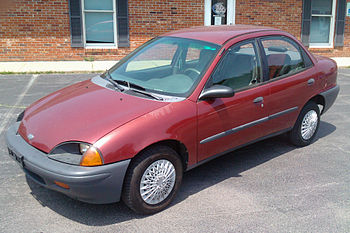Even though many repossessed vehicles are in good condition, you don’t want to skip inspecting repossessed cars for sale before you purchase them. While a knowledgeable mechanic will be able to catch more problems, you can pick out several on your own. Unless you are looking for damaged cars, you will want to spot the problems ahead of buying the car.
1. Begin with the exterior of the vehicle. Look for:
– Paint bubbles, overspray and differing shades that all indicate work has been done on the car, possibly after it has been in an accident.
– Signs of welding on the door frames and trunk.
– Open and close all the doors, noting if any don’t seem to move smoothly. Check the trunk and hood.
– Look over the windshield and windows for any damage.
2. Move on to inspect the interior. Check for:
– Signs the car was flooded, such as dampness or mold and mildew stains, especially under floor mats and seats.
– The headliner and note its condition.
– Any material that does not look original.
3. Continue with the systems, lights and power features. Look for the proper functioning of the:
– Heater and air conditioning.
– Interior lights, headlights and turn signals.
– Locks, windows, seats, sunroof, etc.
4. Next, check the engine by:
– Reving the motor.
– Listening for knocking or unusual sounds as it runs. Deep rattles indicate major problems.
– Looking for new or mismatched bolts and nuts.
5. Then pull out the oil stick and look for problems, such as:
– Bubbles, a sign of water in the oil.
– Extra thick oil.
– Very dirty oil.
6. Look at the transmission fluid next.
– It should be light pink.
– Dark brown or rancid smelling fluid is an indication of transmission problems or ones that will develop in the near future.
7. Look under the car for:
– Any leaks, dripping fluids or condensation.
– Undercarriage staining.
– Gummy soot in the tailpipe.
8. Walk around the car slowly one more time, looking at all parts of the repo car inside and out from different angles to catch anything you may have missed before.
9. Lastly, when buying repossessed cars also check the title to keep from buying salvage cars.
